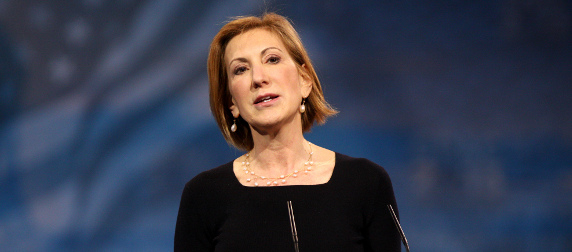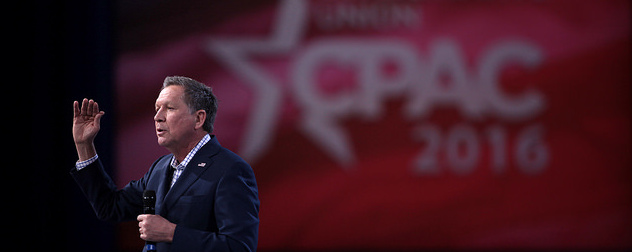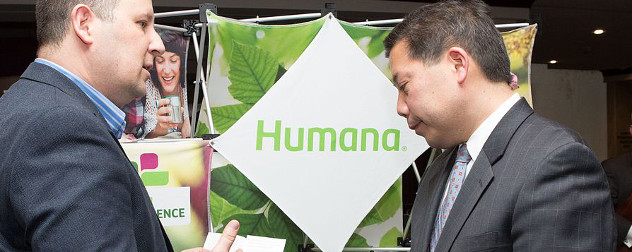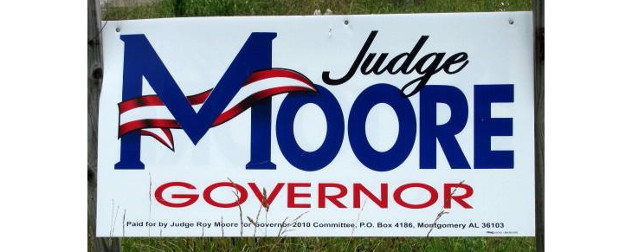A lot of people expect the 2016 presidential campaign to include our nation’s first female nominee from a major party. Hardly anyone is predicting that the race might have two women at the top of their respective tickets.
It might happen, though I think the prospect is a long shot. So the next question is what sort of difference it might make.
Hillary Clinton’s second run for the White House is widely assumed to be a given these days (though not by me; I have my doubts), and she is the obvious frontrunner for the Democratic nomination. The potential surprise comes on the Republican side, where Bloomberg recently reported that Carly Fiorina may be positioning herself as a contender. After her failed run for U.S. Senate in California in 2010, Fiorina has traveled extensively, stumping for Republicans and reaching out to groups in Iowa, New Hampshire and Michigan, among other states.
If Fiorina, or any woman, makes a strong run for the GOP nomination, it will inevitably raise the question of whether having a female nominee could help close the Republicans’ gender gap.
I doubt it. There is not much evidence that American women overall are more likely to support the GOP if it backs a woman. On the other hand, there is no reason to think a female Republican would have much more trouble attracting supporters within the party than would a male opponent. Two recent examples spring to mind: Sarah Palin and Michelle Bachmann. Both Palin and Bachmann secured minority but enthusiastic support among Republicans, both men and women, and mainly from some of the party’s most conservative elements. Republicans may be less likely than Democrats to see a candidate’s gender as a bonus, but they are also generally unlikely to hold it against her.
A qualified woman who runs an effective campaign might have about as much chance of getting the Republican nomination as a man. Could she then count on stronger support from female voters in a general election?
That question probably cannot be answered yet. It is well-documented that men have been voting Republican at significantly higher rates than women overall in recent national elections, but there is not a lot of good research to tell us why. My first thought was that differences over abortion could explain the gender gap, but after investigation this seems like a questionable proposition.
A Gallup poll from 2012 shows that America is largely still split on the abortion debate, and that the gap between men and women is not very large: 50 percent of women identified as pro-choice to 41 percent who identified as pro-life; the men split 44 percent pro-choice, 51 percent pro-life. As Gallup pointed out a few years earlier, education level is a much more reliable indicator than gender about abortion attitudes.
Online poll site YouGov, in cooperation with the Economist, recently conducted a poll that suggested Democrats do especially well with unmarried women, while married women actually favor Republicans. While one should never read too much into any given study, this contrast is one that has turned up repeatedly in recent years. (The Washington Post pointed out that Republicans also generally do better among married men, suggesting that the marriage gap and the gender gap, while related, are distinct issues for each party.)
Single voters, as a group, skew younger than their married counterparts, and younger voters skew Democrat regardless of gender. Single women may just be younger, on average, than married women. But again, these trends identify voters who may or may not be in play. They don’t explain why.
If we assume that women are more likely than men to favor a candidate who is pro-choice, the GOP might pick up some votes if it nominated a pro-choice woman (or man). But those votes would likely come at the price of reduced turnout among anti-abortion social conservatives who remain a significant part of the Republican base. I have not seen any figures that seem convincing about whether a pro-choice position would be a net benefit to a Republican presidential candidate - male or female - in a general election against presumably pro-choice Democrat.
Fiorina made her bid for the Senate in 2010, which was a big year for Republicans. If there was any chance for someone to unseat Sen. Barbara Boxer, 2010 would have been the year. Fiorina ran a good campaign, yet she didn’t come close.
If Fiorina ran for president today in a general election, it is unlikely that she could carry California, nor is there any obvious reason to believe she would do better than a Republican man in Democratic bastions on the East Coast, such as New York and Massachusetts.
Fiorina is actively and vocally pro-life. If abortion is, in fact, one of the gender gap’s drivers, the fact that Fiorina is a woman would seem to make little difference for pro-choice swing voters. If abortion is not a gender gap driver, then it is still unclear what Fiorina could do to turn around the 35-year-old trend.
A recent study commissioned by Republicans themselves suggests that many women are unconvinced that Republicans would support them even on economic issues, such as enforcing equal pay for equal work. Others research indicates that many women aren’t so much anti-Republican as anti-politician, voting Democrat more strongly in years where they feel the need to protest Republican social issue rhetoric but otherwise unmotivated.
In the end, the real question is not whether a Republican woman can secure the presidential nomination; it is whether the Republican Party can accept a pro-choice candidate, of either gender. Or, better yet, whether Republicans are ready to re-evaluate their entire stance on social issues, which has increasingly been a losing one for them. This month’s election seemed to make it plain that Republicans perform best when they leave social issues in the background and campaign, instead, on their ideas about how they plan to make people’s lives better, no matter their gender.














December 2, 2014 - 11:14 am
There is a simple solution that can be adopted by Republicans who want to change their stance on social issues, move away from the anti-science/anti-intellectual crowd, “make people’s lives better, no matter their gender,” race, or national origin. Become a Democrat.